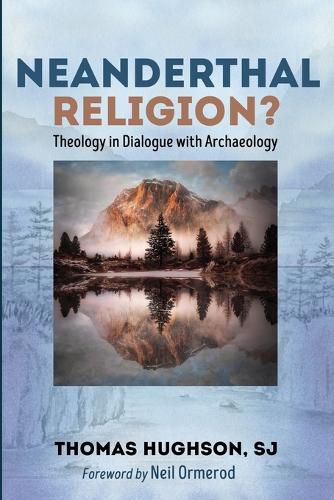Readings Newsletter
Become a Readings Member to make your shopping experience even easier.
Sign in or sign up for free!
You’re not far away from qualifying for FREE standard shipping within Australia
You’ve qualified for FREE standard shipping within Australia
The cart is loading…






This title is printed to order. This book may have been self-published. If so, we cannot guarantee the quality of the content. In the main most books will have gone through the editing process however some may not. We therefore suggest that you be aware of this before ordering this book. If in doubt check either the author or publisher’s details as we are unable to accept any returns unless they are faulty. Please contact us if you have any questions.
Neanderthals are the most-researched extinct members of genus Homo. They have been gone for between 28,000 and 40,000 years, far beyond the reach of cultural memories. An expanding number of archaeologists conclude that Neanderthals are, as genetics confirms, co-human with us whose lineage emerged in Africa about 300,000 years ago. Were they the same as us? No. Do archaeological discoveries of tools and behavioral clues indicate what may have been Neanderthal religion? Taking religion as spirituality realized in common, Hughson answers the controversial question with a conjecture assisted by anthropology. Neanderthals were hunter-gatherer animists associated with bears, burials, defleshed bones, and care for invalids. Hughson goes further, exploring a theology of Neanderthal animism. He argues it was an early, non-verbal revelation of the divine. Experiential consciousness of being-alive meshed with all living things in one web of life that exceeded any living individual. Neanderthals encountered the source of being-alive filtered through nature and the cosmos. Far from complete, the encounter may have had an acuity lost to modernity and many Christians. The book concludes by relating Neanderthal religion to special revelation and biblical faith, with attention to the Gospel of John on the divine Logos and Aquinas on divine immanence.
$9.00 standard shipping within Australia
FREE standard shipping within Australia for orders over $100.00
Express & International shipping calculated at checkout
Stock availability can be subject to change without notice. We recommend calling the shop or contacting our online team to check availability of low stock items. Please see our Shopping Online page for more details.
This title is printed to order. This book may have been self-published. If so, we cannot guarantee the quality of the content. In the main most books will have gone through the editing process however some may not. We therefore suggest that you be aware of this before ordering this book. If in doubt check either the author or publisher’s details as we are unable to accept any returns unless they are faulty. Please contact us if you have any questions.
Neanderthals are the most-researched extinct members of genus Homo. They have been gone for between 28,000 and 40,000 years, far beyond the reach of cultural memories. An expanding number of archaeologists conclude that Neanderthals are, as genetics confirms, co-human with us whose lineage emerged in Africa about 300,000 years ago. Were they the same as us? No. Do archaeological discoveries of tools and behavioral clues indicate what may have been Neanderthal religion? Taking religion as spirituality realized in common, Hughson answers the controversial question with a conjecture assisted by anthropology. Neanderthals were hunter-gatherer animists associated with bears, burials, defleshed bones, and care for invalids. Hughson goes further, exploring a theology of Neanderthal animism. He argues it was an early, non-verbal revelation of the divine. Experiential consciousness of being-alive meshed with all living things in one web of life that exceeded any living individual. Neanderthals encountered the source of being-alive filtered through nature and the cosmos. Far from complete, the encounter may have had an acuity lost to modernity and many Christians. The book concludes by relating Neanderthal religion to special revelation and biblical faith, with attention to the Gospel of John on the divine Logos and Aquinas on divine immanence.